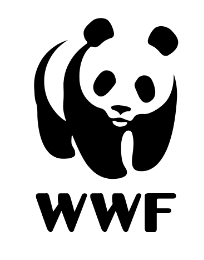12 Nov 2024 12:42:41 pm
Environmental Ecology
World Wildlife Fund (WWF)
Tags :
World Wildlife Fund (WWF)

Topic: Multilateral Organizations
Why in the news?
- The Living Planet Report 2024, a biennial assessment by conservation organization the World Wildlife Fund (WWF), revealed that the average size of monitored wildlife populations has decreased by 73 per cent since 1970.
- Populations have declined significantly over the last 50 years, according to trends in nearly 35,000 wildlife populations and 5,495 species of amphibians, birds, fish, mammals and reptiles, said the paper titled A System in Peril. The assessment emphasized the severe impact of human activities on wildlife and called for urgent action to protect biodiversity.
- The WWF uses the Living Planet Index (LPI), which tracks the average trends in wildlife populations rather than focusing on increases or declines in individual species numbers. By monitoring changes in species population sizes over time, the LPI serves as an early
warning indicator of extinction risk and helps assess ecosystem efficiency.
Source: Down To Earth
About World Wildlife Fund (WWF):
- It is an international non-governmental organization aimed at wilderness preservation & reduction of human impact on the environment.
- It was founded in 1961.
- Its headquarters are located in Gland (Switzerland).
- It is the world’s largest conservation organization
- Its objectives include:
- Conserving the world’s biological diversity
- Ensuring that the use of renewable natural resources is sustainable
- Promoting the reduction of pollution and wasteful consumption
- Reports & programmes:
- Living Planet Report
- Earth hour
- Debt-for-nature swaps
- Marine Stewardship Council (MSC)
- Healthy GrownPotato

